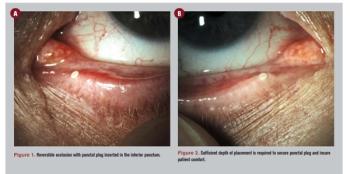
my fellow shared with me that after I left the room, the patient complained about me being a “salesman.” Awestruck, I came away realizing that my best intents and clinical knowledge had been taken the wrong way and that the cost of the best treatment for this patient were overshadowed by the fact that she was going to have an out-of-pocket cost.












































.png)


